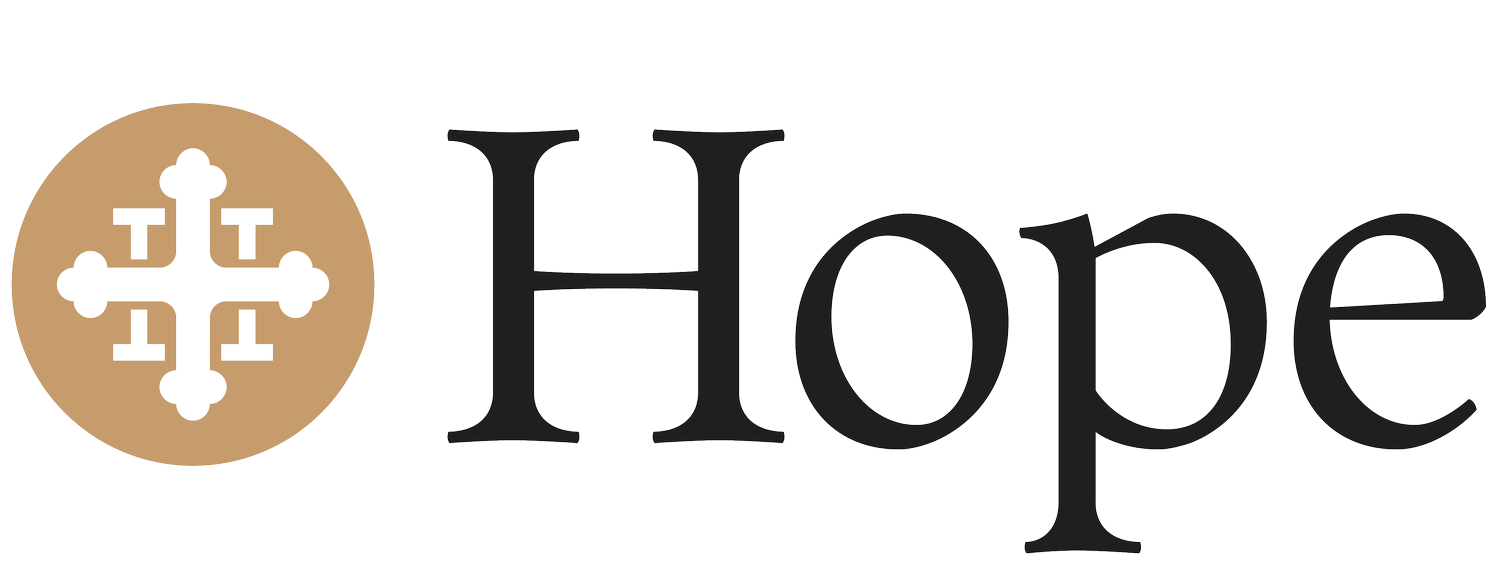Week 1 - The Lexington Slave Auction
Slavery began in Kentucky when the first European Americans settled here in the 1780s (1). It continued until slavery was outlawed by the Thirteenth Amendment in 1865. During those 85 years, the Bluegrass Region was one of the most heavily-slaved regions in the state, with Lexington’s Cheapside slave auction block as it’s epicenter (pictured below). Cheapside is located between Short St. and Main St. to the north and south, and Upper St and Mill St to the east and west. From Cheapside a slave could be sold to work in Fayette County, in another part of Kentucky, or be sold “down the river” (Ohio River) to the cotton-producing states farther south.
Courtesy of Coleman Collection, Transylvania University.
The location of Cheapside is particularly sad for two reasons. First, Cheapside might as well be on the courthouse steps. The despicable practice of selling human beings as property took place right outside the halls of justice. Second, Cheapside is one block from Church Street, where several churches were and still are located. As difficult as it is to believe that Cheapside was next to the courthouse, it should be even more alarming that the church let this take place right under their noses. It’s alarming because of what Christian theology teaches us about the value of human beings.
The Bible’s account of creation is found in Genesis 1-2. God created light and darkness; the earth and the sky; water and land; every kind of vegetation; day and night, and every kind of animal. After each round of creation, he calls his creation “good” (2). Then, in the final round of creation, God saves his best for last. He creates man and woman “in his image” (3) and only then is he able to say that his creation is “very good” (4). Nothing else in God’s creation is made in God’s image, which means that human beings hold more value than the rest of God’s good creation. Moreover, it was not until human beings were created that creation as a whole became very good. Therefore, the conclusion for Christians is that all persons - male or female, young or old, rich or poor, able-bodied or physically challenged, and those of all races and ethnicities - hold infinite value in God’s economy (5).
What the church must recover is this important doctrine of all people being made in the image of God. The image of God becomes the basis for our love for all people regardless of differences. Christians strive for equality not out of a generic notion of love but out of a theological grounding in the image of God.
You might ask, “What would happen if the church set out to treat all people as if they were made in God’s image?” This is certainly going to be hard work, but it will take more than hard work. It’s going to require a move of God’s Spirit to move in our lives for real change to occur. Let us pray for God to expose our biases, to give us courage to speak out against any kind of favoritism, and to give us hope that things can change.
- Jared & Marshall
(1) The Kentucky African American Encyclopedia, edited by Gerald L. Smith, Karen Cotton McDaniel, and John A. Hardin, “Slave Trade”, p. 460.
(2) Genesis 1:4, 10, 12, 18, 21, and 25.
(3) Genesis 1:26-28
(4) Genesis 1:31
(5) Colossians 1, 3, and James 3:9 pick up on the image of God theme from Genesis 1 and expand on it.




